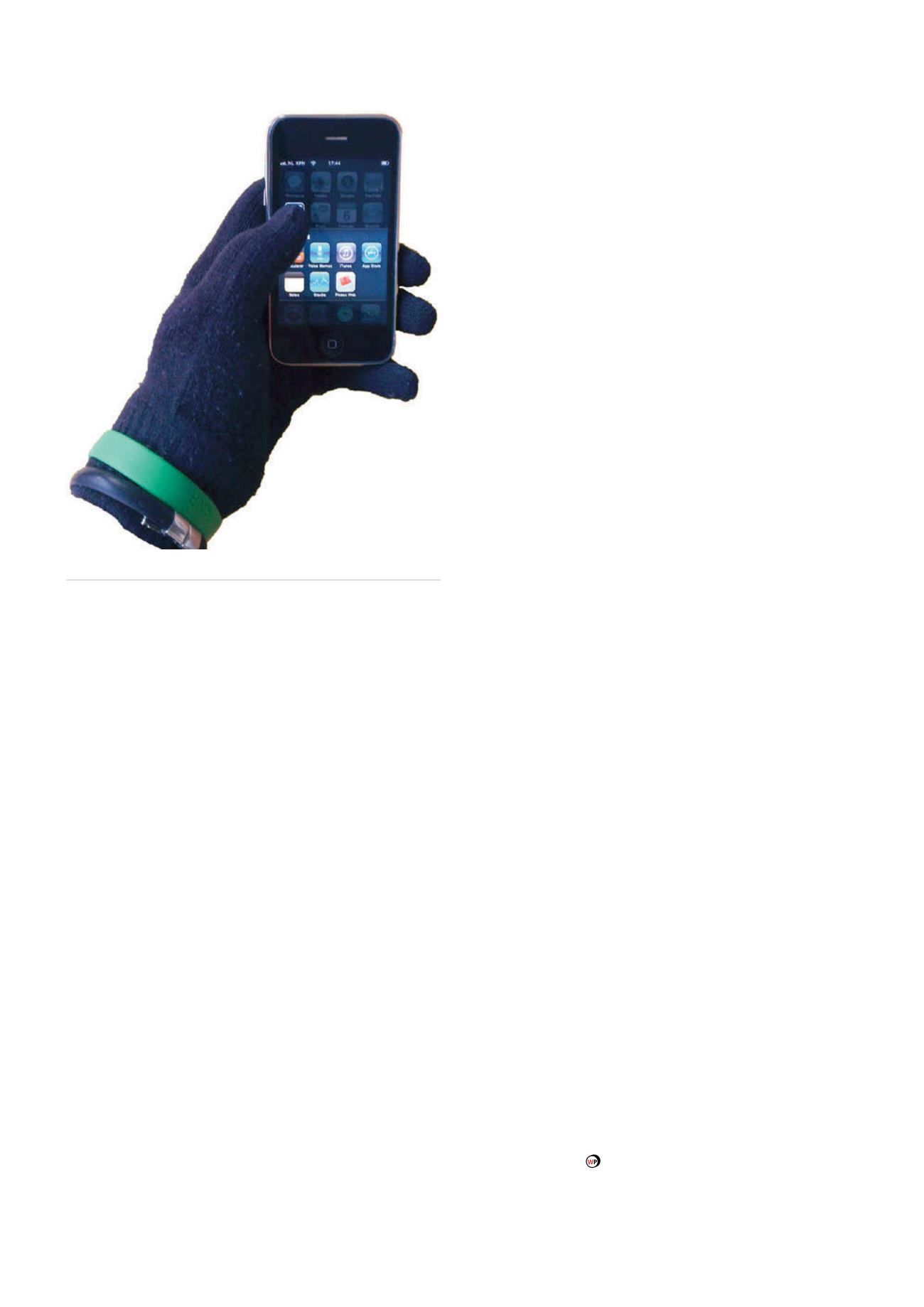
determine location while indoors in a refining plant, on the
pipeline or aboard an offshore oil rig.
Currently popular in retail, convention centres and
airports, micro-geolocation offers oil and gas operations
some interesting advantages. It is particularly useful when
maintenance personnel, technician or operators are inside a
compressor station or a pumping station where GPS signals
are not available. It can address safety issues and help track
which equipment has been maintained and how often. It is
helpful to navigate different floors and levels of a facility to
assist in locating the right sensor or a faulty valve on a piece
of equipment.
For example, in an offshore rig, GPS may tell you which
unit you are located on, but micro-geolocation will tell the
operator or maintenance worker what level they are on and
what equipment they are near. This opens the capability to
push the information to the mobile worker in the context of
their current location. It is a much more pro-active approach
particularly suited to the small displays available on mobile
devices such as tablets and smart phones. It can, based on
location, automatically provide the proper:
)
)
Procedural data.
)
)
Diagnostic data.
)
)
Maintenance information and manuals.
)
)
Tracking and guidance for planned and unplanned events.
)
)
Commissioning support.
)
)
Real-time asset/equipment status.
)
)
Specific location and counts of personnel in a given area.
Smartphones are becoming an extension of ourselves and
something we rely on in our everyday life. Smartphones are
equipped with GPS and wireless capabilities as are internet-
enabled mobile devices such as tablets. This has enabled
solutions using LBS to drive content on the mobile device. The
general public’s expectation to retrieve more context-aware
information has become common place. For example, the
mobile apps that tell you which of your friends are nearby.
As it currently stands, GPS will only work properly in a
relatively unobstructed environment from the receiver to the
satellites; otherwise there can be at best an intermittent signal.
This is driving the market for indoor location technology. The
next evolution of location-based apps will leverage indoor
position-based service which enable location-based content
while in areas where GPS is not available such as indoors or
when outdoors but between tall structures in urban areas or
industrial complexes.
Analyst firm ABI research predicts that by 2017, the indoor
location technology market will reach US$5 billion in revenues
and will represent over 200 000 installations of infrastructure
equipment, including Wi-Fi hotspots, Bluetooth antennas, etc.,
and over 800 million branded applications downloads.
Indoor location is forecasted to be the next-generation
technology that will transform the location services industry
market and enhance the mobile ecosystem. Indoor location
will truly revolutionise how we live. When fully realised, the
world of the IoT, brings a next generation of connectedness
seamlessly whether indoors or out. It will create the
development of new and innovative services that will bridge
the indoor/outdoor gap, deliver improved security and
increased productivity and further increase our dependence
on our mobile devices, which will become the standard tools
of our trade.
The future of indoor location in oil and gas
applications
Although currently the application of indoor location is to
assist users navigating within buildings, pumping stations
and remote pipeline destinations, it also opens the door for
innovation in creating new location-contextual mobile SCADA
and HMI applications as well as revolutionising analytics,
optimisation, field service, logistics and a host of other related
applications.
Order of magnitude improvements to operations and
maintenance will result as these proximity-based services
are deployed over the next few years. At a minimum we can
expect to see reduced downtime and improved reliability as
maintenance workers are proactively given live data and the
procedures to follow for the equipment they are working
on. We will also see an increase in operational efficiency
as it takes less time to perform human-based tasks and
consequently there is less wasted effort. Finally, there is also
an improvement to safety as the risk of miscommunication
is lower when information is presented proactively to the
worker on their mobile device rather than using radios as is
the norm today.
Figure 5.
Mobile applications are broadening the landscape.
74
World Pipelines
/
JULY 2015


